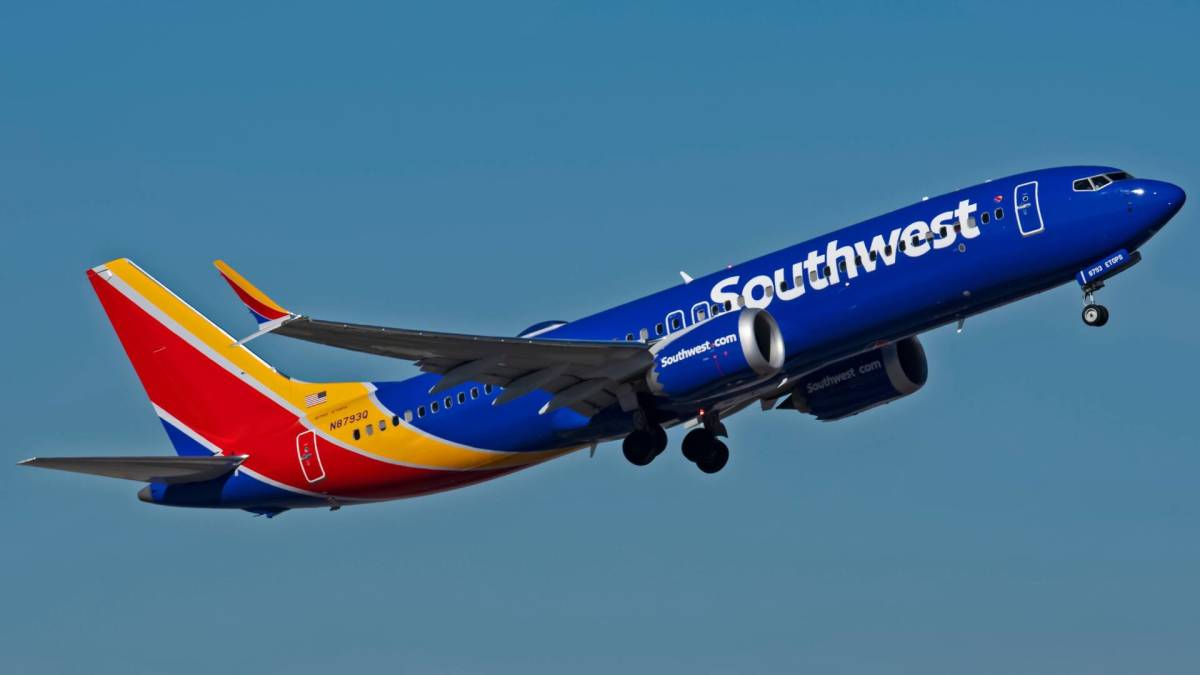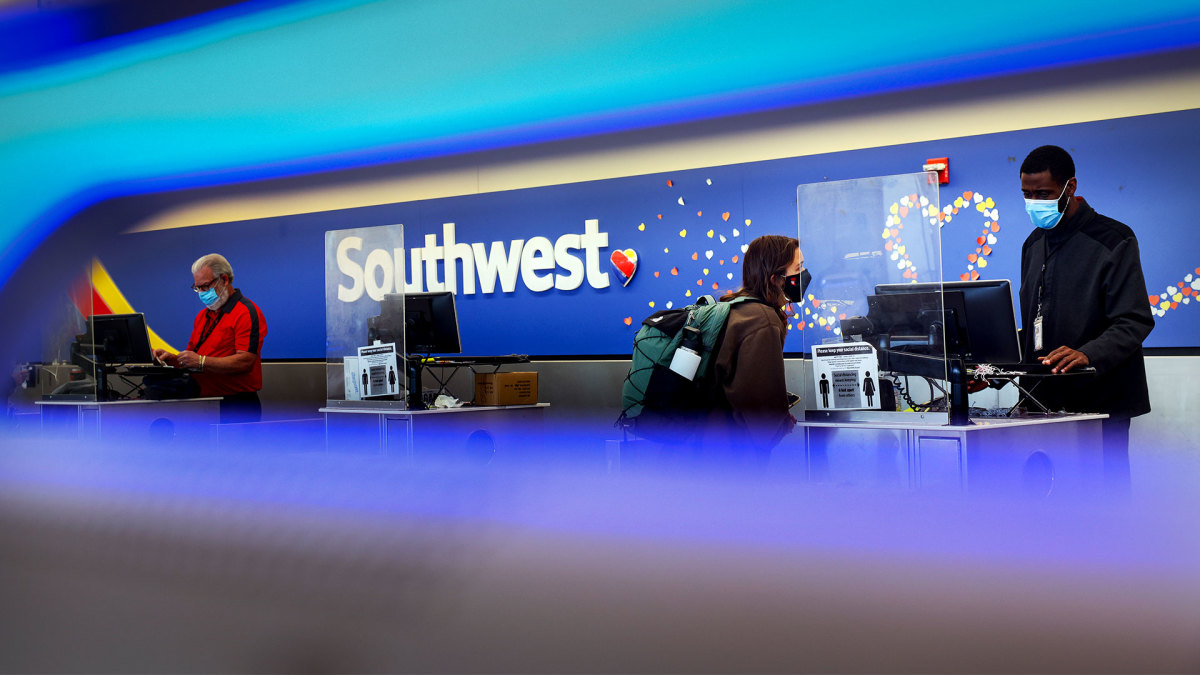
Since it first started running flights in the 1960s, Dallas-based Southwest Airlines LUV stood out from competitors with an unusual seating strategy: there are no assigned seats on your ticket and, once passengers board (there is some hierarchy to when one gets to do this based on loyalty program levels, when you checked in, and whether you pay extra for early boarding), passengers are free to choose from whatever seats are available.
This type of seating structure has also been tested by some European low-cost airlines like Ryanair RYAOF but, generally, is extremely uncommon. Frustrated by passengers who kept switching seats before the boarding process was finished, one flight attendant filmed herself exclaiming that “this isn’t Southwest!”
Related: Southwest Airlines reports news that sends its stock plunging
On April 25, Southwest released a particularly bad earnings report of a $236 million loss and cut growth forecast (stock fell by nearly 10% after the news came out.) As part of promising investors a return to profitability, CEO Bob Jordan said that the airline would lay off more than 2,000 employees and pull out of four airports in the U.S. and Mexico entirely.

Kevin Dietsch/Getty Images
Southwest CEO says the airline is ‘looking at new initiatives, the way we seat’
In a follow-up interview with CNBC, Jordan said that they were also “studying our seating and our cabin” to see whether there were ways to make more money from people willing to pay for extra perks.
More Travel:
- A new travel term is taking over the internet (and reaching airlines and hotels)
- The 10 best airline stocks to buy now
- Airlines see a new kind of traveler at the front of the plane
“We’re looking at new initiatives, the way we seat and the way we board our aircraft," Jordan said without elaborating on specifics.
During the earnings call, Jordan touched on the issue of seating in a general way several times which led some to speculate whether he was hinting to a major change regarding assigned seating that may come in the future.
Airline said it plans to ‘study product preferences and expectations’
“Additionally, we are evaluating options to enhance our Customer Experience as we study product preferences and expectations, including onboard seating and our cabin," he said.
Over the last year, the issue around Southwest seats has continued to generate discussion not just as constant rumors that the airline is getting rid of its open seating policy. In February, Southwest released photos of its redesigned seats that it marketed as a major upgrade to its cabin and passenger experience.
“Southwest Airlines debuts their new interior and I'm not sure anyone is excited for their smaller and thinner seats,” wrote one TikToker in the caption to a video that was viewed nearly six million times and received 586,000 upvotes.
The social media pushback was fierce with some calling them “Ozempic seats” and “wooden benches” but Southwest defended the design as being specifically created with ergonomics in mind even if they may appear smaller and less comfortable at first glance. They are set to debut at some point in 2025.
“We developed the rendering because the actual seats had not been fully branded when we made the original post to announce our updated cabin plans," a Southwest representative said. "The actual seats feature MORE cushion in the headrest, backrest, and bottom for additional comfort and a new material that’s softer to the touch and better showcases the foam technology in the seat.”







